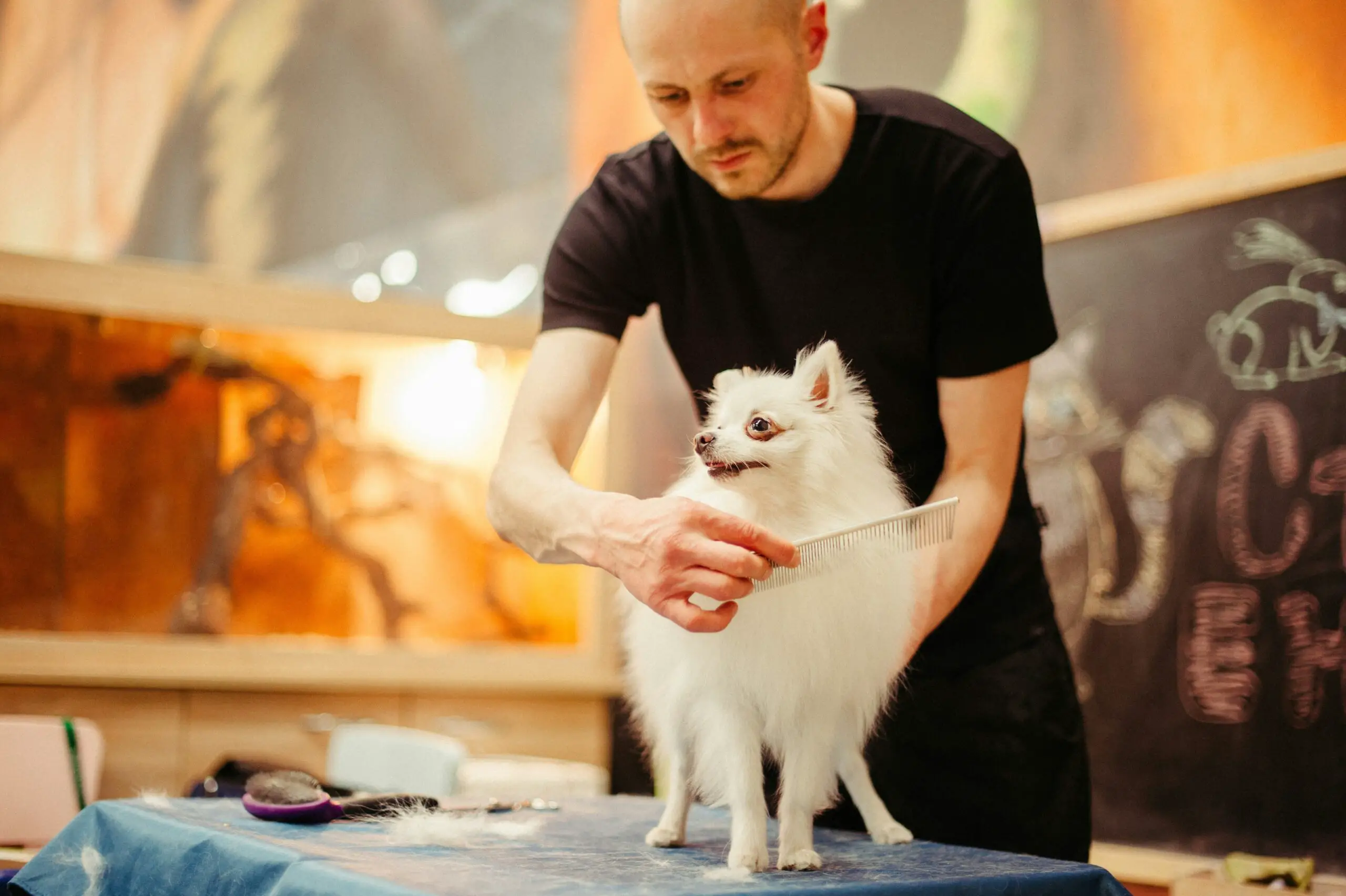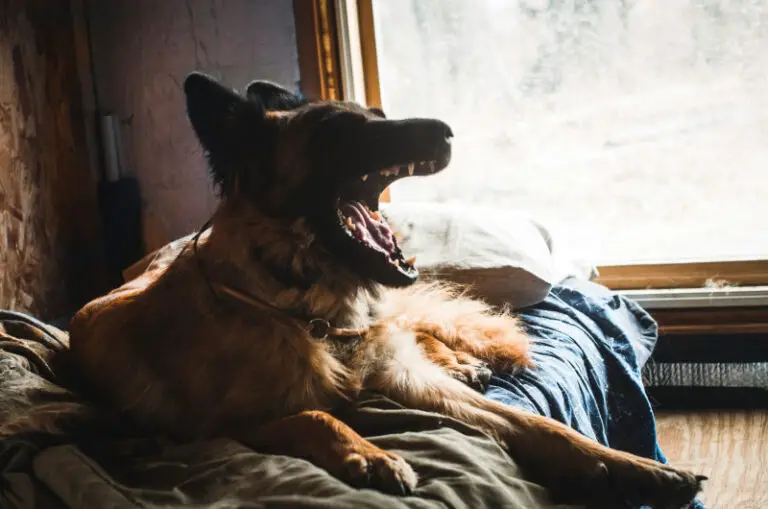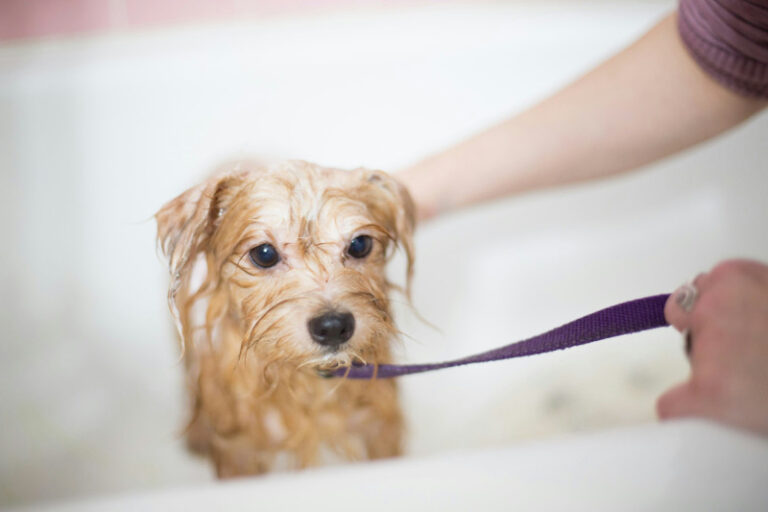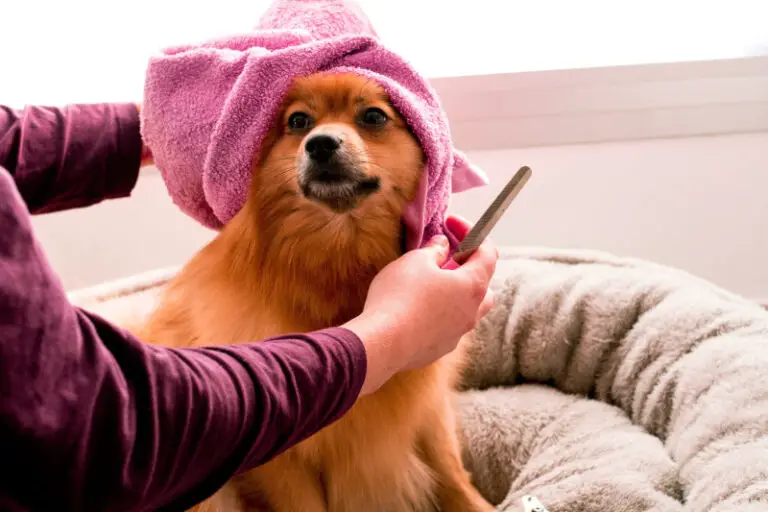Embracing the joy of owning a puppy also comes with the responsibility of keeping them clean and healthy. Regular puppy grooming is not just about maintaining their adorable looks, but it also plays a pivotal role in their overall well-being. Clean, well-groomed puppies are not only happier, but they also enjoy better health, thanks to the reduced risk of skin diseases, infections, and other hygiene-related conditions. Not to mention, grooming sessions can be a great way to bond with your new companion.
However, those who are new to puppy care often encounter several grooming challenges. From bewildering array of grooming products to handling a squirmy puppy during bath time, every aspect of grooming might seem like a Herculean task. This guide has been meticulously crafted to make this task manageable for puppy parents. Utilizing the techniques explained in this guide can turn the grooming session into a pleasurable pastime rather than a daunting chore.
From puppy hair brushing to nail clipping and everything in between, the following sections are loaded with essential tips and tricks that aren’t to be missed. Without giving away too much at the outset, we invite you to delve into the rich and useful content that awaits you in the body of this blog post.
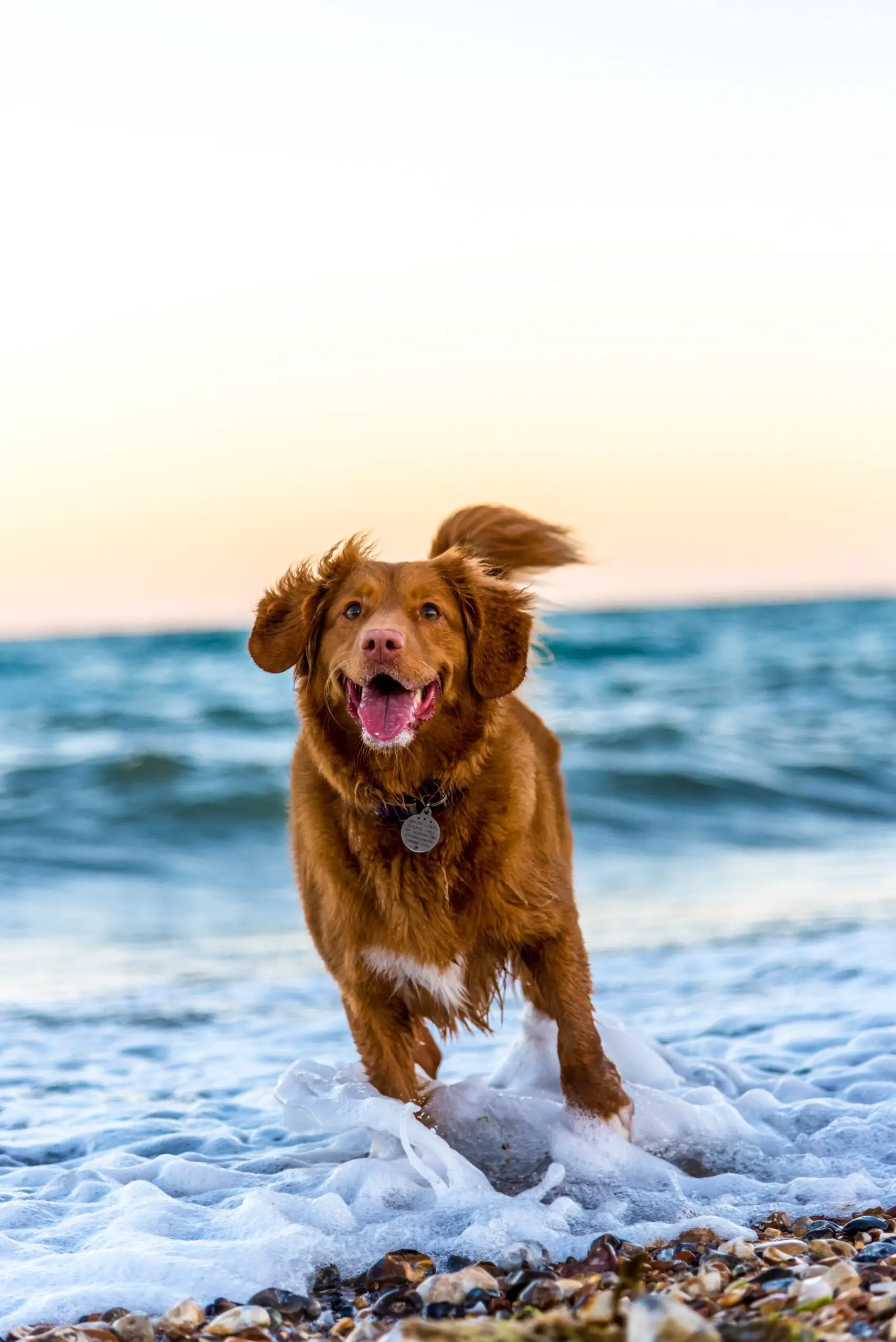
Table of Contents
Puppy Grooming Basics
Importance of Early Grooming Habits
Initiating early grooming habits is a fundamental element of new pup care. Regular grooming sessions can assist significantly in behavior training, turning potentially stressful situations into comfortable routines. From the first week after bringing your pup home, start incorporating basic grooming practices. This will not only help your puppy get accustomed to being handled but might also aid in stress reduction. Besides, early grooming can help in identifying any possible skin issues or parasites, promoting overall puppy health care.
For grooming newborn puppies, it’s advised to start with a gentle touch. Try introducing them slowly to grooming tools, such as puppy-friendly brushes, combs, and nail clippers. Make sure to reward your pet after every session. Not only will this help associate grooming with positive memories, but it will also ease future grooming encounters.
Puppy Hair Care
One cannot undermine the importance of regular puppy hair brushing in preventing a range of skin conditions including infections and infestations. Brushing removes dead skin, stimulates the skin’s surface, and promotes healthy oil production, thus keeping your pet’s fur glossy and feeling soft.
When it comes to puppy hair care, start by choosing the right brush depending on your pup’s fur type. Brushing should ideally start from a young age to get your pup accustomed to the feel of the brush. Gently brush in the direction of hair growth, untangling any knots. For puppies with longer fur, daily brushing might be required to prevent matting. It’s also important to inspect for fleas, ticks, or skin abnormalities during these sessions.
Puppy Nail Trimming
Trimming your puppy’s nails is an essential part of grooming small dogs, though it may seem daunting at first. Left untrimmed, long nails can cause discomfort and affect your pet’s gait, leading to issues with their joints and bones in the long run.
Trimming should be done carefully using puppy-specific clippers. If your puppy has clear nails, you can see the quick – the sensitive flesh inside the nail. Try to cut just until you can see the beginning of the quick, without cutting into it. For puppies with dark nails, trim a little at a time until you can see a black dot in the middle of the nail. Reward your pup after every nail trimming session to create a positive association, making it an easier task for future sessions.
Bathing and Dental Care
Puppy Bathing Tips
Puppy bath time is a vital routine when it comes to pet grooming tips. However, how often you should bathe your puppy largely depends on their breed and lifestyle. Some breeds with an oil-heavy coat may require weekly baths, while others with a water-resistant or sensitive skin might need less frequent bathing.
Once an appropriate bathing frequency is established, it’s time to create a soothing bathing routine as part of your new pup care. Use only puppy-safe shampoo and lukewarm water. Engage your pup with praises and treats to make the experience positive. Always protect your pup’s eyes and ears from water and shampoo, and make sure to rinse off all soap thoroughly to avoid skin irritation. Post bath, ensure their coat is dried properly to prevent chilling and to maintain their coat’s natural glossiness.
Puppy Dental Care
A bright set of teeth isn’t just for a charming puppy smile. Puppy dental care is a critical area that demands early attention as dental issues might lead to health problems later in their life. However, most pet parents might overlook this important aspect in the early months.
You can start at-home dental care for your puppy as young as eight weeks old. Begin by gently touching the puppy’s mouth and teeth with your finger. Once they’re comfortable, start brushing their teeth with a canine toothbrush and dog-friendly toothpaste. Aim to brush your puppy’s teeth at least two to three times a week. Regular dental checks combined with a balanced diet and appropriate chew toys can further benefit dental health.
Dealing with Common Grooming Challenges
While grooming dogs may seem like a monumental task given their energy levels, adopting specific dog grooming techniques can simplify it. A common grooming challenge is dealing with a squirmy puppy, especially during tasks such as nail clipping or ear cleaning.
To manage, start with creating a calm environment, ensuring your puppy isn’t overly excited or energetic. Constantly reward calm behavior and slowly introduce grooming implements. For more difficult tasks, use distraction techniques or consider two-person grooming–one to hold the puppy and one to perform the task. Over time, your puppy will most likely become more accustomed to these sessions as a part of their routine.
Professional Grooming vs. Home Grooming
Understanding When Professional Help is Required
While regular grooming is an essential aspect of puppy health care, it’s important to discern between tasks that are manageable at home and those requiring professional assistance. For instance, practices such as puppy hair brushing, nail clipping, and bathing are often manageable at home with the right tools and techniques.
However, complex tasks like dog coat trimming, deep ear cleaning, and dealing with skin conditions often necessitate professional help. Home grooming offers the benefit of strengthening the bond with your pet and being more cost-effective. But it may lack the precision, expertise, and equipment that a professional grooming service provides. Moreover, professional groomers are trained to spot potential health issues, ensuring that your puppy is in their healthiest state.
Selection of Professional Groomers
When considering professional groomers, it’s critical to choose someone experienced, qualified, and admired by fellow pet parents. The groomer should be patient, gentle, and adept at handling puppies, from bathing to giving haircuts for puppies. You can inspect their workspace for cleanliness and the handling of other pets so you can feel comfortable about your puppy’s care.
The cost of professional grooming is an investment into your puppy’s health and wellness. Regular visits to the groomer can keep your puppy’s coat and skin healthy, maintain their eyes and ears clean, and ensure their teeth are in the best shape. Professional grooming services are essential for comprehensive puppy health care and overall well-being.
Transitioning between Professional and Home Grooming
Transitioning between professional and home grooming should start with tasks that are easier and less stressful for your puppy. Begin with brushing their coat and teeth, gradually moving onto tasks like nail clipping and bathing. Ensure you have pet grooming tips from a trusted source and don’t rush the process.
Make these grooming sessions regular, so your puppy gets accustomed to them quickly. Use positive reinforcement techniques, like treats and praises, to make these sessions enjoyable for your pet. Eventually, you’ll notice a groomed, clean, and happy puppy, setting a strong foundation for a healthy life ahead.
Reflection
We’ve walked through the essential aspects of puppy grooming, encompassing everything from puppy hair care, puppy bath time, to puppy nail clipping and more. Grooming is more than just about keeping your pet looking good. It’s a comprehensive practice that promotes wellness, inhibits disease, and enhances the longevity and happiness of your puppy. Healthy habits formed early will result in lifelong benefits, both for your puppy and for you as a pet parent.
Grooming sessions can turn into fun bonding experiences, all while helping you keep a keen eye on possible health issues that might otherwise remain unnoticed. Paying dedication to grooming also ensures that your puppy is not only clean and smelling good, but also feels comfortable and stays agile.
Encouragement
As we conclude, we encourage you to adapt the suggested grooming techniques, fostering a clean, healthy, and joyful pet. It may seem challenging initially, especially with a squirming, energetic puppy, but with time and consistency, they will come to associate grooming with reassurance and interaction. This will make grooming a much easier part of pet-ownership in the long run.
No matter the breed or coat type, regular grooming enhances your dog’s overall health and wellness. The shared grooming techniques in this guide serve as a roadmap for maintaining your puppy’s health and happiness. Take the joy of pet-ownership to the next level by laying the foundation for a well-groomed, healthy, and beautiful puppy.

